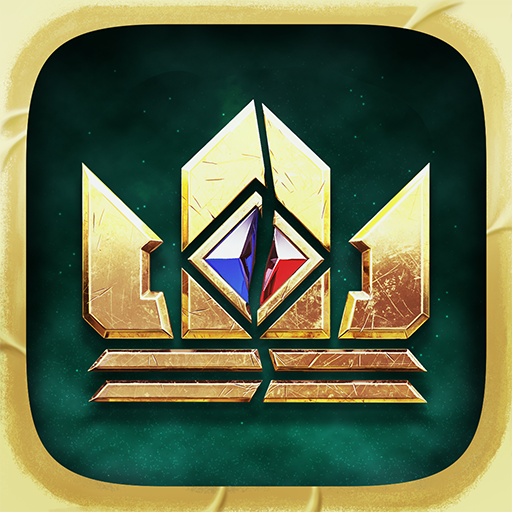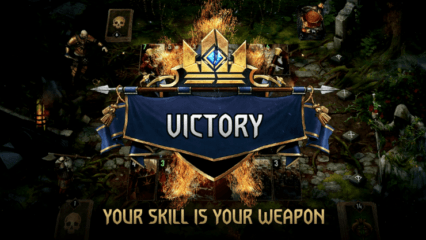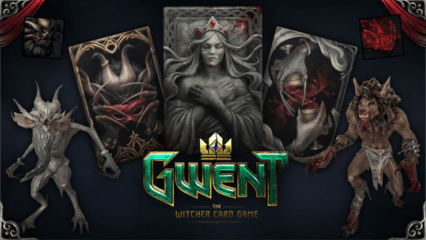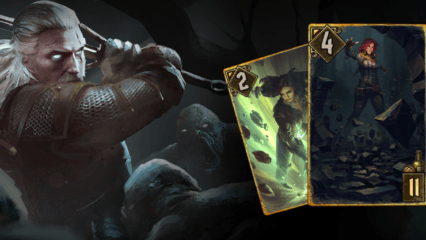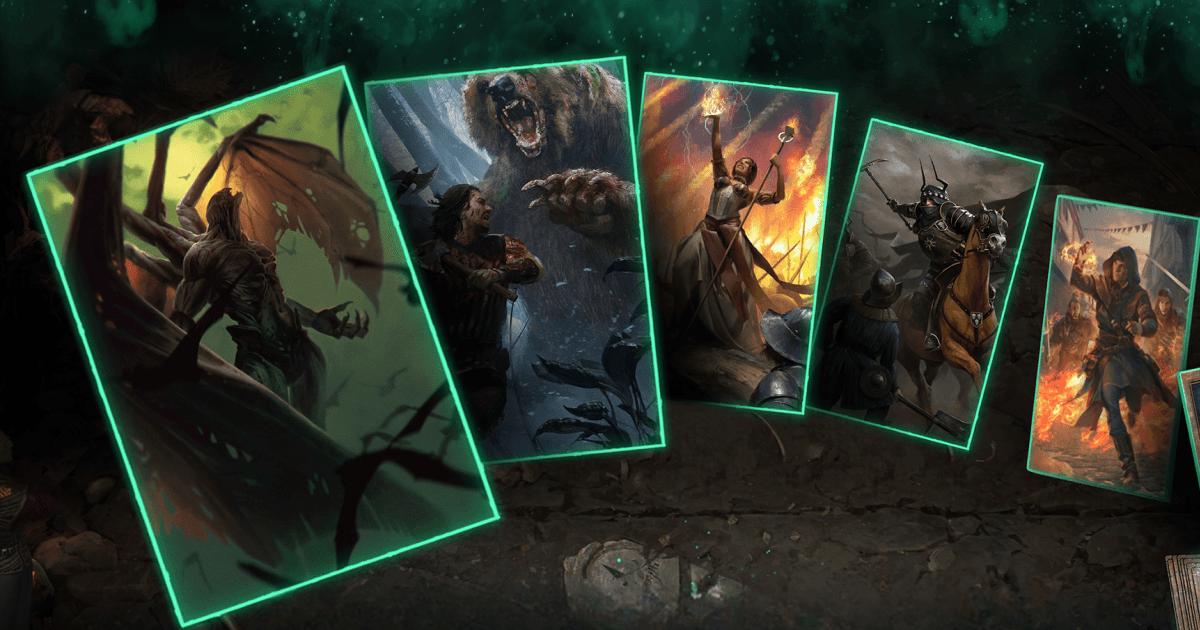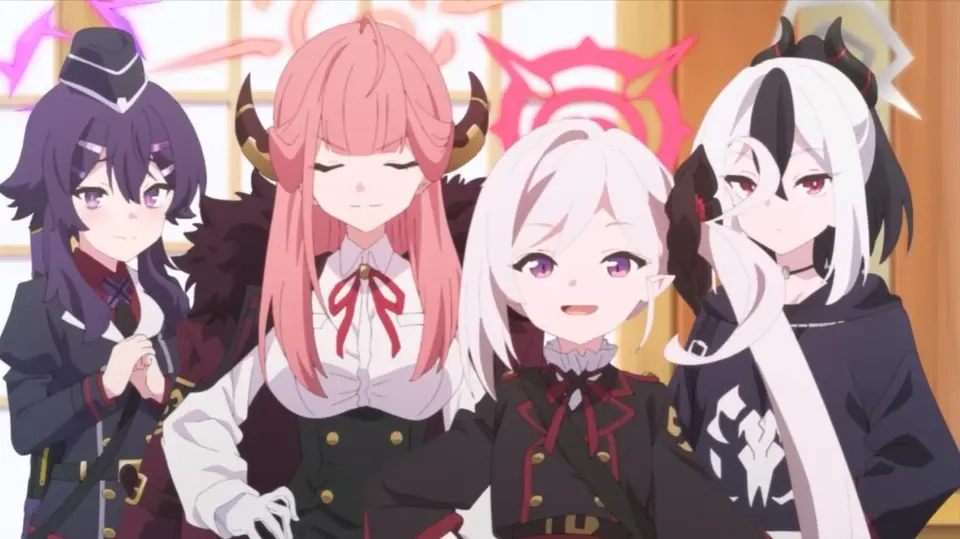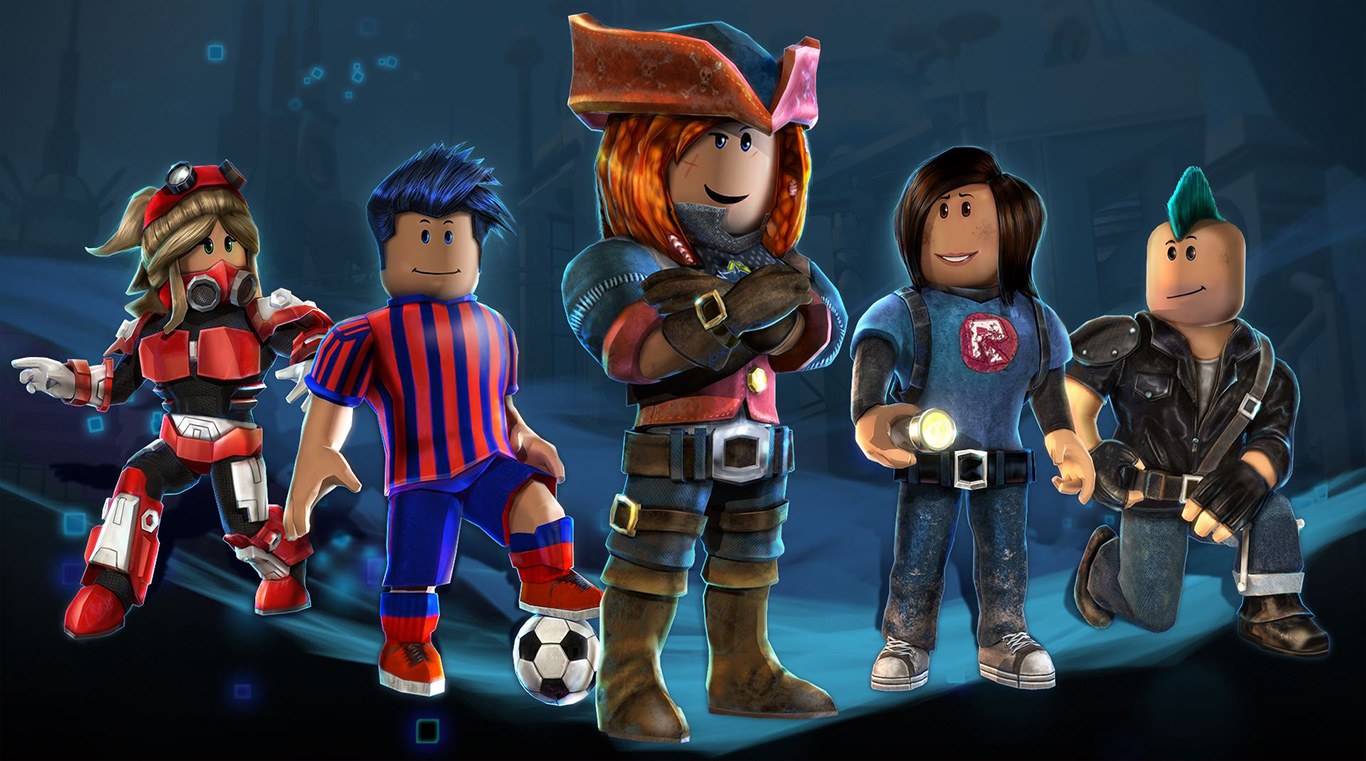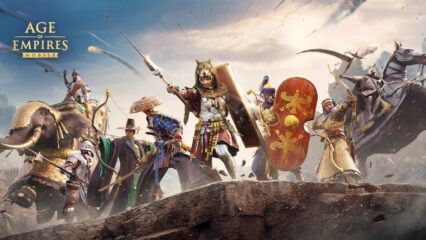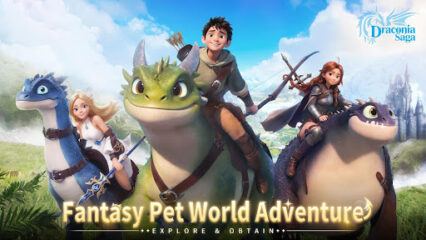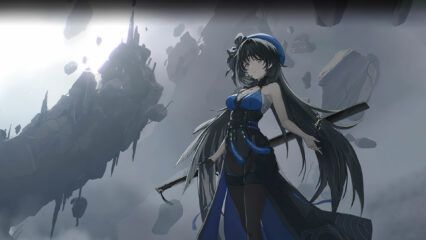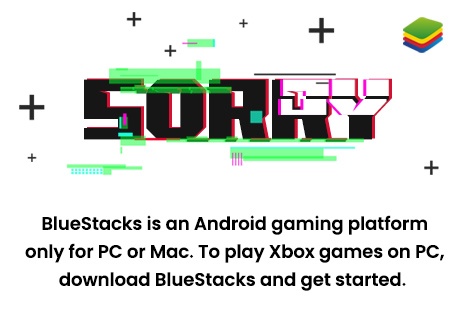GWENT: The Witcher Card Game – Complete Decks Guide
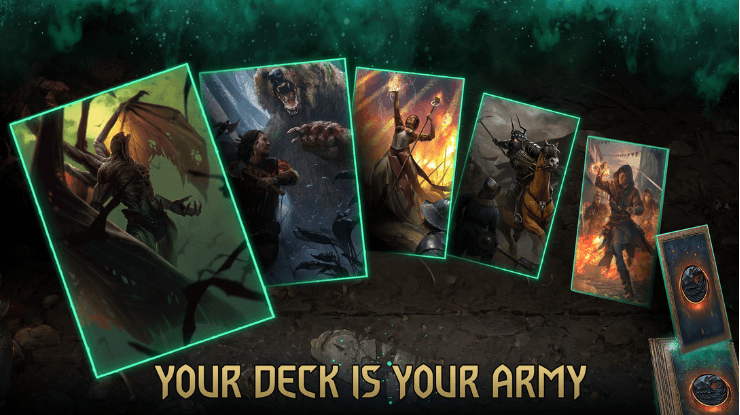
In GWENT: The Witcher Card Game, every deck belongs to a specific faction, each with its own unique mechanics and strategies. Whether you prefer overwhelming your opponent with sheer power, controlling the battlefield with tactical disruption, or setting up intricate combos, understanding each faction’s playstyle is key to winning matches in this card game.
Got questions about guilds, gaming, or our product? Join our Discord for discussions and support!
This guide breaks down every faction in GWENT, highlighting their strengths, weaknesses, and overall strategy. If you’re unsure which deck to play or want to understand your opponents better, this guide will give you all the details you need. However, if you’re interested in learning more about the best decks in the game, then check out our GWENT deck tier list.
With that said, let’s begin!
Northern Realms – Boosting and Strong Frontlines
- Strengths: High synergy, strong unit boosts, solid defensive plays
- Weaknesses: Can struggle if key units are disrupted, requires good setup
- Playstyle: Board control, boosting, and strong unit formations

Northern Realms decks focus on strengthening their units through boosting mechanics. Many of their cards increase the power of friendly units, making their board harder to remove over time. This faction rewards careful setup, as many of its strategies revolve around keeping boosted units alive.
One of Northern Realms’ best features is its ability to generate additional units on the board. Some decks use “Formation” abilities that allow units to gain “Zeal” or “Boost” effects when played in the right row. The main challenge of playing this faction is avoiding removal effects that can erase a boosted unit before it has a chance to impact the game.
Nilfgaard – Disruption and Control
- Strengths: Strong disruption, deck manipulation, spying mechanics
- Weaknesses: Lower direct power, relies on countering opponent’s plays
- Playstyle: Control, forcing misplays, and countering enemy strategies

Nilfgaard is the faction for players who enjoy messing with their opponent’s plans. This deck thrives on control mechanics, including “Locking” units, spying on enemy hands, and even stealing or forcing enemy units onto your side. Nilfgaard’s playstyle involves reacting to what your opponent does while limiting their options.
Many Nilfgaard decks also focus on deck manipulation, allowing you to mess with your opponent’s draws or even play cards from their deck. While this faction doesn’t always generate the highest raw power, its ability to disrupt key enemy strategies makes it one of the most frustrating factions to play against.
Monsters – Swarm and Devour
- Strengths: High raw power, swarming tactics, unit consumption mechanics
- Weaknesses: Less consistency, vulnerable to board wipes
- Playstyle: Overwhelming force, consuming weaker units, and raw aggression

Monsters decks focus on playing high-power creatures and overwhelming the opponent with sheer numbers. Many of their cards have “Consume” effects, allowing them to devour weaker units to gain strength. This leads to powerful synergies where smaller creatures fuel stronger ones.
The faction also features “Deathwish” effects, triggering abilities when a unit dies. This means that even when losing units, a Monsters player can still gain an advantage. However, this playstyle comes with a risk—since many strategies involve swarming the board, a well-placed removal or board-wide damage ability can cripple a Monsters deck.
Scoia’tael – Guerrilla Tactics and Precision
- Strengths: Flexible strategies, strong control mechanics, ambush tactics
- Weaknesses: Can struggle against decks with high power generation
- Playstyle: Traps, ranged attacks, and quick precision plays

Scoia’tael decks excel at hit-and-run tactics, using traps, ambush cards, and ranged attacks to gain an edge. Many of their abilities let them play cards directly from the deck, giving them strong consistency and reducing reliance on lucky draws.
One of their signature strategies involves traps, which activate when the opponent plays a specific type of card. This forces opponents to play around potential traps, adding a psychological layer to matches. While Scoia’tael lacks the raw power of factions like Monsters or Northern Realms, their ability to control the pace of the game makes them dangerous in skilled hands.
Skellige – Damage and Resurrection
- Strengths: Resilient units, self-wounding mechanics, strong late-game presence
- Weaknesses: Takes time to set up, relies on graveyard interaction
- Playstyle: Damage-based synergy, bringing back fallen units, and late-game power

Skellige decks are all about controlled destruction—many of their units hurt themselves or allies for bonuses. This faction has strong “Berserk” abilities that activate when a unit’s power drops below a certain threshold, rewarding smart damage management.
Another key aspect of Skellige is its graveyard interaction. Many decks revolve around reviving powerful fallen units, allowing them to be played multiple times in a match. Because of this, Skellige gets stronger as the game progresses, making it a dangerous faction in long rounds. However, it does require some patience, as many of its best plays come in the later stages of a match.
Syndicate – Coin-Based Economy
- Strengths: Unique economy system, high burst damage potential, versatile deckbuilding
- Weaknesses: Requires good resource management, less direct control options
- Playstyle: Earning and spending coins, high-risk high-reward plays, economy-based mechanics

Syndicate is the most unique faction in GWENT, using a coin-based system to fuel its abilities. Many of its cards generate coins, which can then be spent on powerful effects. Managing these coins efficiently is the key to success with Syndicate decks.
Since this faction doesn’t rely as much on traditional unit boosts or control effects, it requires a different mindset than other decks. Some decks focus on hoarding coins for a massive late-game play, while others spend them aggressively throughout the match. Because of this unique system, Syndicate decks can be tricky to learn but extremely rewarding for players who master them.
Each GWENT faction offers a unique playstyle, and finding the right one depends on your preferred strategy. However, regardless of the faction you choose, all of these decks require at least a bit of knowledge of how the game and cards work, so check out our GWENT beginner’s guide if you’re new. Whether you enjoy overwhelming force, calculated control, or intricate combos, there’s a deck that suits your playstyle. Experimenting with different factions will help you understand their strengths and weaknesses, making you a better player overall.
And if you want to experience GWENT with better performance and a larger screen, try playing GWENT: The Witcher Card Game on PC with BlueStacks. It’s the best way to enjoy every battle with smooth controls and improved visuals. Find your favorite deck and start dominating your matches!

